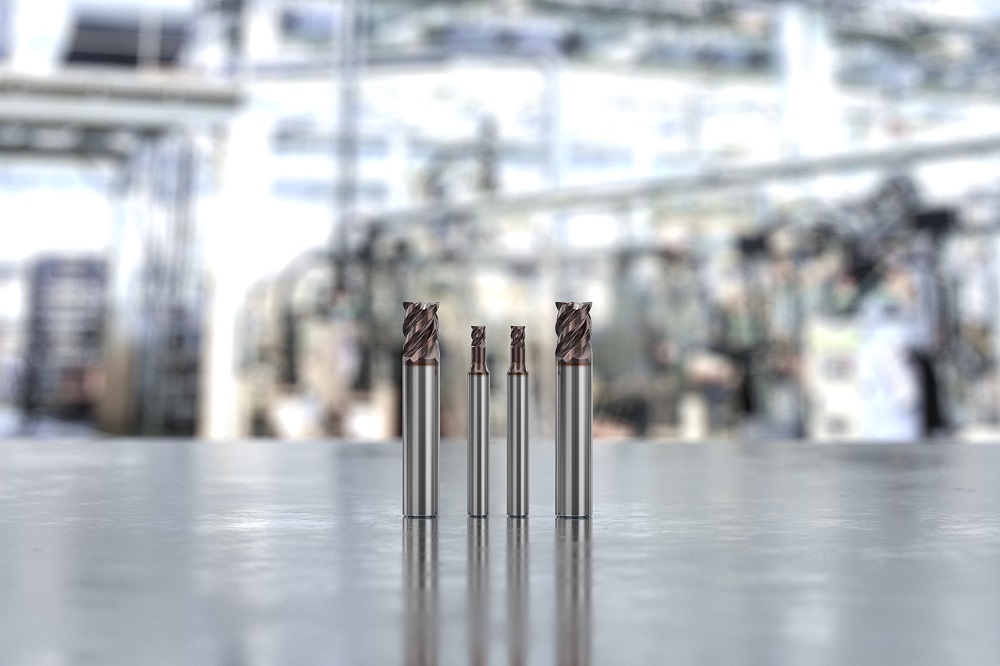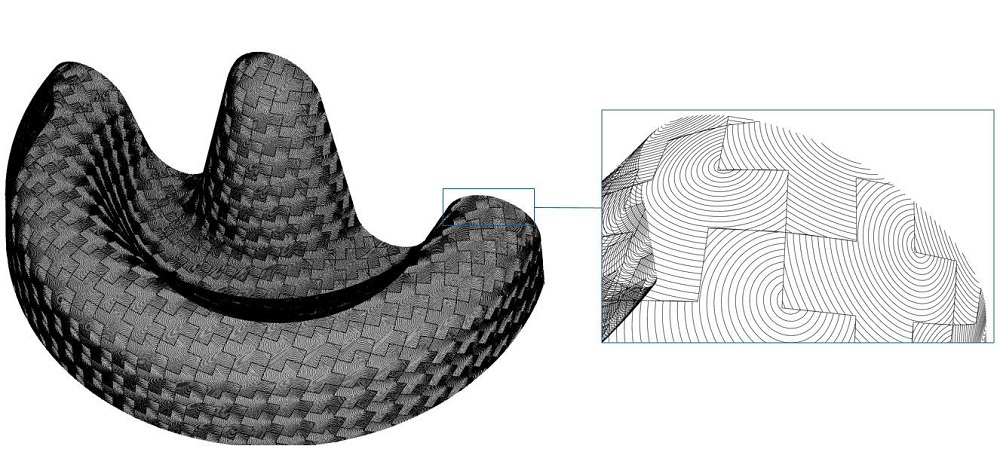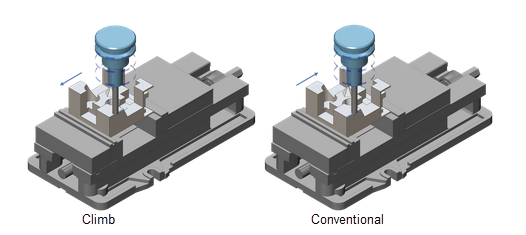To address the challenges of difficult and unstable machining conditions caused by long tool overhangs, Seco says that its JS754 stub series end mills feature short protrusion lengths that maximise tooling value while increasing tool life by 20-40%.
The four-flute end mill is for mill-turn and multi-tasking machines, and incorporates the industry-proven JS754 cutting geometry and proprietary HXT coating for high-performance machining. This design makes the Seco JS754 suitable for difficult applications involving ISO M (stainless steel) and S (heat-resistant superalloys and titanium) materials. The shorter length of the JS754 Stub adds strength and vibration control for increased tool stability when machining with main or sub-spindles, as well as with milling heads and driven tools.
Many CNC mill-turn and multi-tasking machines have a limited machining envelope that can prohibit the use of longer end mills. The short protrusion lengths of the JS754 stub series require less room in the sub or second spindles of these machines. Notably, the end mills provide freedom of movement to maneuver around workpieces with increased tool stability in tight workspaces, which allows shops to maximise the benefits that mill-turn and multi-tasking machines offer, including shorter set-up times and better part quality.
The JS754 stub series is available in both chamfer and corner radius configurations, in diameters from 3 to 16 mm, and comes in cylindrical and Weldon shanks.
“Within all manufacturing segments, especially general machining and aerospace, the high-mix/low-volume (HMLV) production environment continues to drive the need for automation and efficiency, achieved most commonly through mill-turn and multi-tasking machines,” says Rob Mulders, product manager – solid milling, atSeco Tools. ”The JS754 stub series contributes significant flexiblility for the single set-up part manufacturing that these multi-purpose machines provide.”
For further information www.secotools.com


















